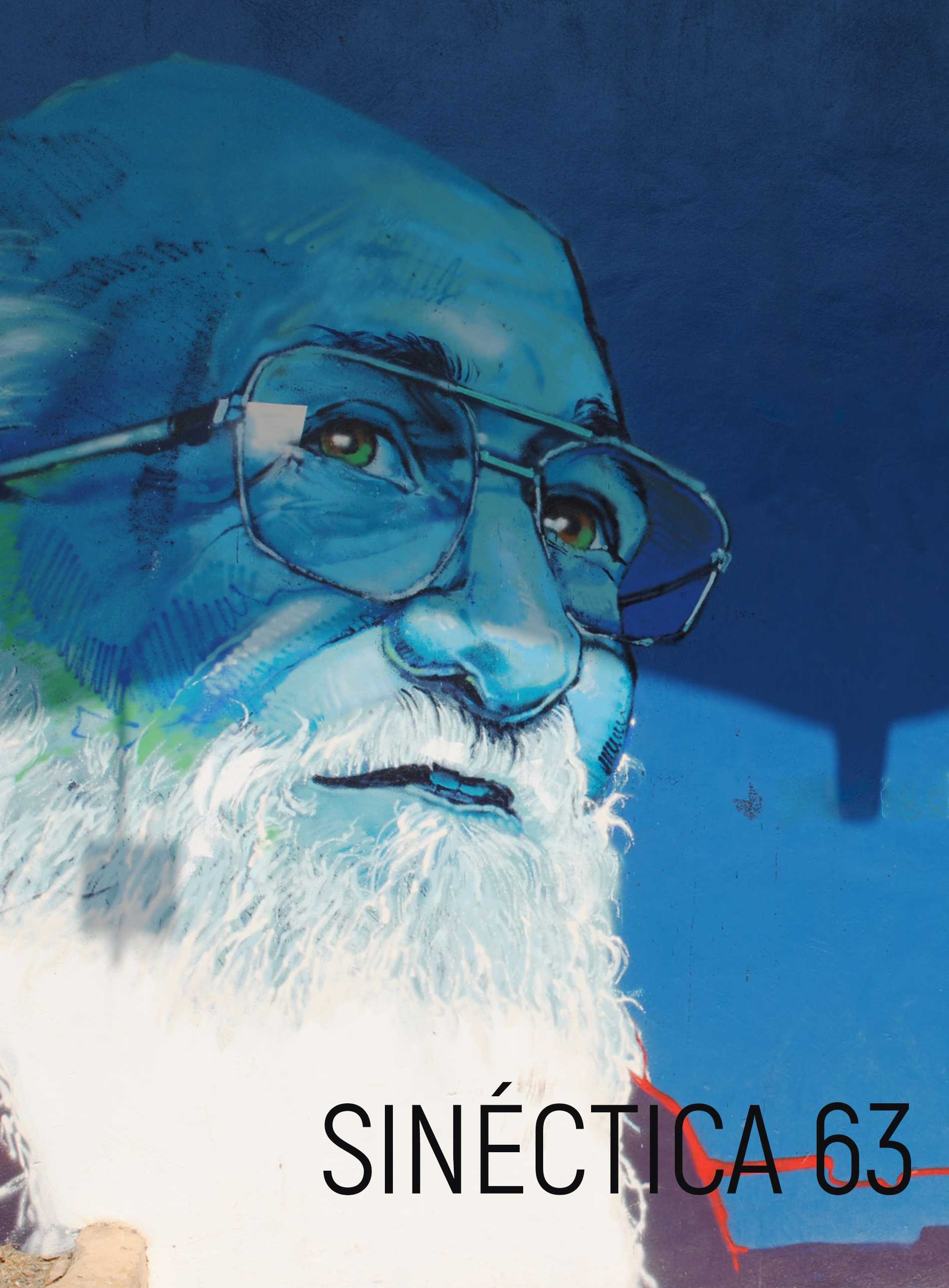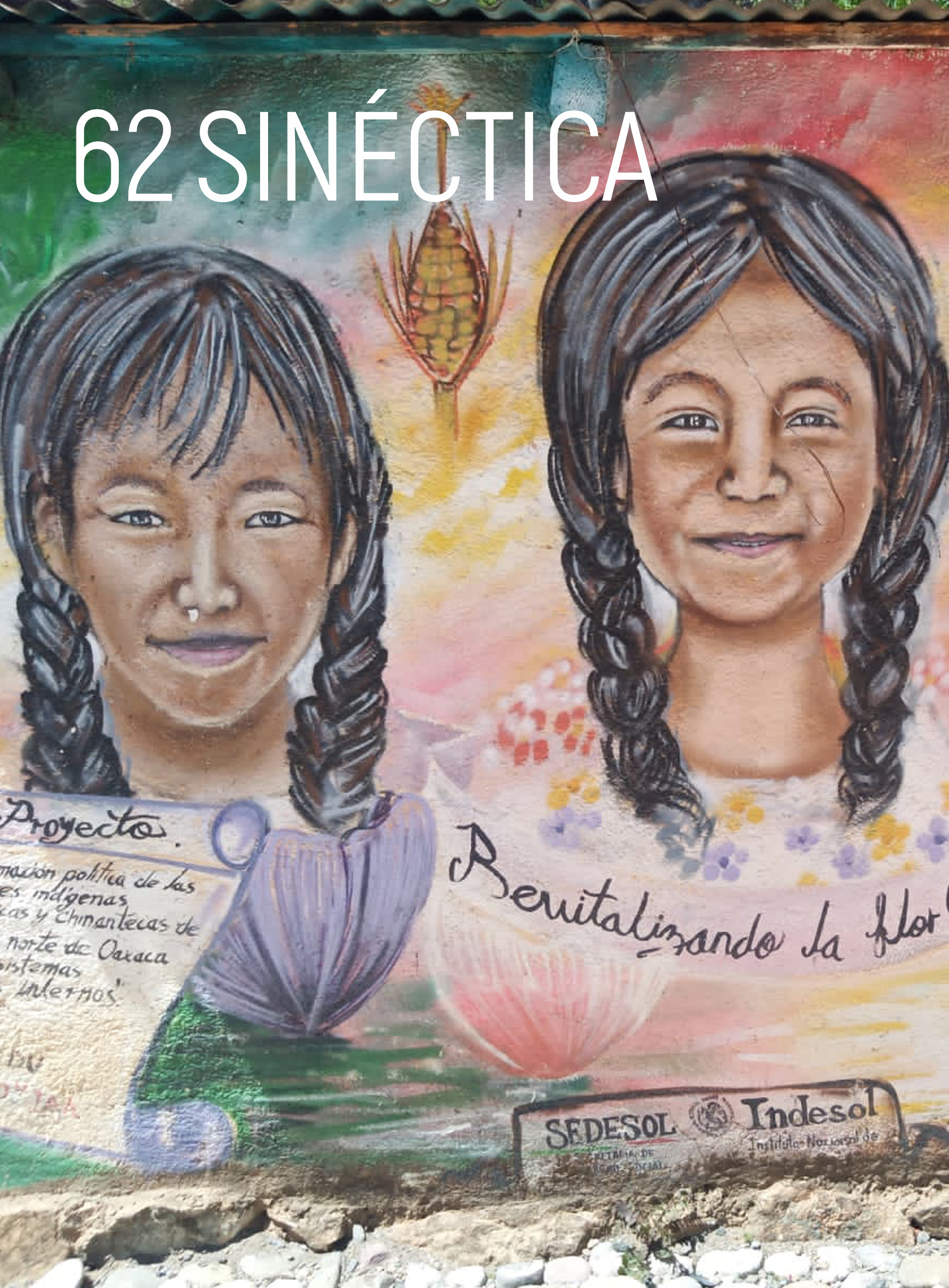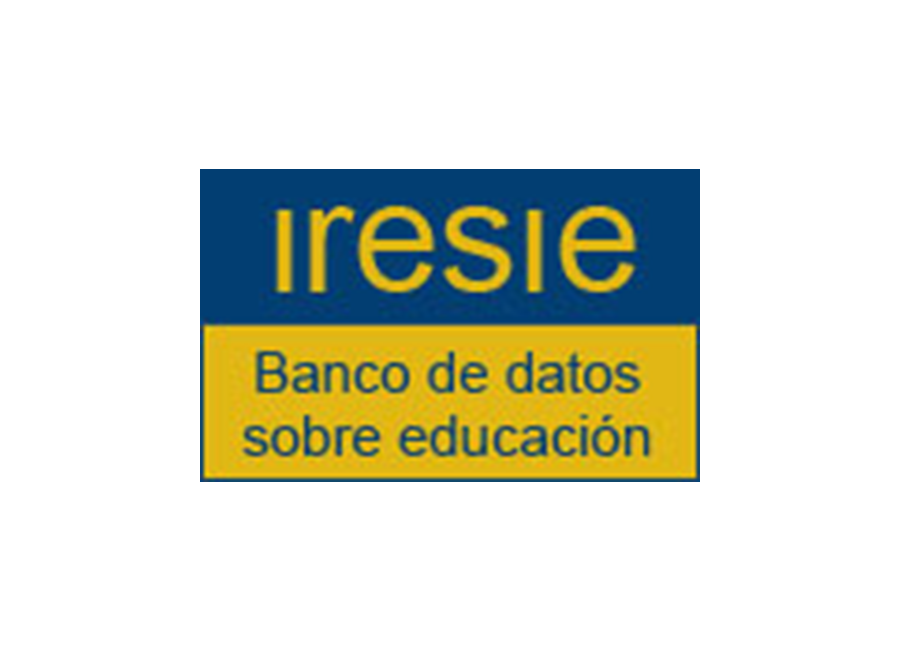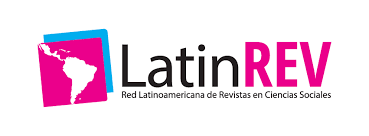Innovation through Web 2.0 to support English language learning
DOI:
https://doi.org/10.31391/S2007-7033(2022)0059-005Keywords:
educational technology, language instruction, online learning, linguisticsAbstract
This investigation had the purpose of understanding how the use of a website created by the teacher-researcher contributed to an improvement in the educational experience in English language teaching with Mexican high schoolers. The inquiry undertook a qualitative methodology following an action research design tied to the critical educational science paradigm. Results revealed that the online site encouraged a positive educational experience by attending to the learners’ interests and needs, offering support, an easy navigational interface, and a good experience in the study of English. Furthermore, the internet site was perceived as highly supportive as the subject’s contents were organized by levels and topics, where videos were available to explain each linguistic item clearly. In conclusion, it can be said that the intervention benefited the teenagers’ formation since the website favored their learning of the foreign language with the support that it provided, the simple navigation, the pedagogical approach, and the personal touch employed by the teacher.
Downloads
References
Abe, J. A. (2020). Big five, linguistic styles, and successful online learning. The Internet and Higher Education, vol. 45, núm. 100724. https://doi.org/10.1016/j.iheduc.2019.100724
Amalia, D. F. (2020). Quizizz website as an online assessment for English teaching and learning: Students’ perspectives. Jo-ELT (Journal of English Language Teaching) Fakultas Pendidikan Bahasa & Seni Prodi Pendidikan Bahasa Inggris IKIP, vol. 7, núm. 1, pp. 1-8. https://doi.org/10.33394/jo-elt.v7i1.2638
Arnal, J., del Rincón, D. & Latorre, A. (1992). Investigación educativa: Fundamentos y metodología. Editorial Labor, SA.
Ary, D., Jacobs, L. C., Sorensen, C. & Razavieh, A. (2010). Introduction to research in education (eight edition). Wadsworth, CENGAGE Learning.
Bryant, A. (2017). Grounded theory and grounded theorizing: Pragmatism in research practice. OXFORD.
Carr, W. & Kemmis, S. (1986). Becoming critical: Education, knowledge, and action research. Routledge/Falmer.
Chang-Chávez, C. C. (2017). Uso de recursos y materiales didácticos para la enseñanza de inglés como lengua extranjera. Pueblo Continente, vol. 28, núm. 1, pp. 261-289. http://200.62.226.189/PuebloContinente/article/view/772
Charmaz, K. (2006). Constructing grounded theory: A practical guide through qualitative analysis. SAGE.
Cisneros-Puebla, C. A. (2003). Analisis cualitativo asistido por computadora. Sociologias, vol. 5, núm. 9, pp. 286-313. https://www.redalyc.org/articulo.oa?id=86819565014
Cohen, L., Manion, L. & Morrison, K. (2018). Research methods in education (eight edition). Routledge, Taylor, and Francis Group.
Dikilitaş, K. & Griffiths, C. (2017). Developing language teacher autonomy through action research. Palgrave Macmillan.
Ekaningsih, N. (2017). Enhancing students’ English grammar ability with online website link. EduLite: Journal of English Education, Literature and Culture, vol. 2, núm. 2, pp. 431-444. http://dx.doi.org/10.30659/e.2.2.431-444
García-García, M., Carrillo-Durán, M. V. & Tato-Jimenez, J. L. (2017). Online corporate communications: Website usability and content. Journal of Communication Management, vol. 21, núm. 2, pp. 140-154. https://doi.org/10.1108/JCOM-08-2016-0069
Garett, R., Chiu, J., Zhang, L. & Young, S. D. (2016). A literature review: Website design and user engagement. Online journal of communication and media technologies, vol. 6, núm. 3, pp. 1-14. https://www.ncbi.nlm.nih.gov/pmc/articles/PMC4974011/
Glaser, B. G. & Strauss, A. L. (1967). The discovery of grounded theory: Strategies for qualitative research. Aldine Transaction.
Hayler, M. (2011). Autoethnography, self-narrative and teacher education. Sense Publishers.
Kemmis, S., McTaggart, R. & Nixon, R. (2014). The action research planner: Doing critical participatory action research. Springer.
Leavy, P. (2017). Research design: Quantitative, qualitative, mixed methods, arts-based, community-based participatory research approaches. The Guildford Press.
Maridueña-Macancela, J. (2019). Websites as support tools for learning the English language. Journal of Science and Research, vol. 4, núm. 2, pp. 13-20. https://revistas.utb.edu.ec/index.php/sr/article/view/322
Muta, J. & Dennis, N. (2016). A study of tenses used in English online news website. International Journal of Research -GRANTHAALAYAH, vol. 4, núm. 7, pp. 248-258. https://doi.org/10.29121/granthaalayah.v4.i7.2016.2617
Nasution, A. K. R. (2019). YouTube as a media in English Language Teaching (ELT) context: Teaching procedure text. Utamax: Journal of Ultimate Research and Trends in Education, vol. 1, núm. 1, pp. 29-33. https://doi.org/10.31849/utamax.v1i1.2788
Oliver, R. & Herrington, J. (2001). Teaching and learning online: A beginner’s guide to e-learning and e-teaching in higher education. Centre for Research in Information Technology and Communications, Edith Cowan University.
Seifert, T. & Feliks, O. (2018). Online self-assessment and peer-assessment as a tool to enhance student-teachers’ assessment skills. Assessment & Evaluation in Higher Education, vol. 44, pp. 169-185. https://doi.org/10.1080/02602938.2018.1487023
Stringer, E. T. (2007). Action research (3rd ed.). SAGE.
Syakur, A., Fanani, Z. & Ahmadi, R. (2020). The effectiveness of reading English learning process based on Blended Learning through "Absyak" website media in higher education. Budapest International Research and Critics in Linguistics and Education Journal, vol. 3, núm. 2, pp. 763-772. https://doi.org/10.33258/birle.v3i2.927
Travé-González, G., Pozuelos-Estrada, F., & Travé-González, G. (2017). How teachers design and implement instructional materials to improve classroom practice. Intangible Capital, vol. 13, núm. 5, pp. 967-1043. http://dx.doi.org/10.3926/ic.1062
Watkins, D. C. (2017). Rapid and rigorous qualitative data analysis: The “RADaR” Technique for applied research. International Journal of Qualitative Methods, vol. 16, pp. 1-9. https://doi.org/10.1177/1609406917712131
Yin, R. K. (2016). Qualitative research from start to finish (second edition). The Guilford Press.
Downloads
Published
Issue
Section
License
Copyright (c) 2022 Sinéctica

This work is licensed under a Creative Commons Attribution-NonCommercial 4.0 International License.
This work is licensed under a Creative Commons Attribution-NonCommercial 4.0 International license.
Authors who publish in Sinéctica agree to the following terms:
The authors retain copyright and grant the journal the right of first publication of the authorized work simultaneously under a Creative Commons Attribution License, which allows others to share the work as long as both the authorship of the work and the initial publication in this journal are acknowledged.
Authors may enter into additional separate contractual agreements for non-exclusive distribution of the published version of the journal (e.g., publishing in an institutional repository or a book), with acknowledgement of initial publication in this journal.
Authors are allowed to publish their work in institutional repositories or on their own website before and during the submission process, as it may generate productive exchanges, as well as earlier and greater citation of the published work.
Explanatory note: As of 2017 Sinéctica is governed by the Creative Commons Attribution Non-Commercial 3.0 International License, a version that standardizes licenses internationally.
Articles published between 1992 and 2016 are covered by a Creative Commons Attribution-NonCommercial-NoDerivatives 4.0 International license, which allows a work to be shared and distributed non-commercially and with acknowledgement of the author, but prohibits modification of the original creation.






















